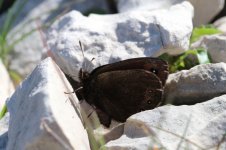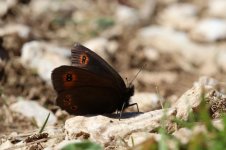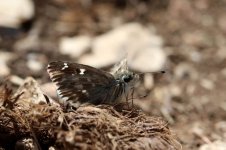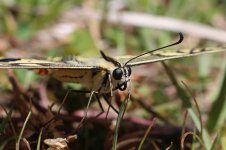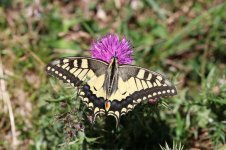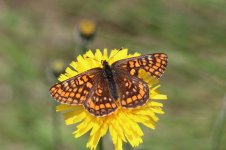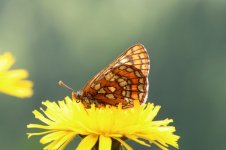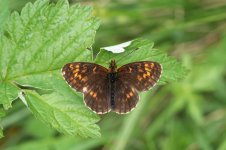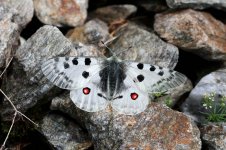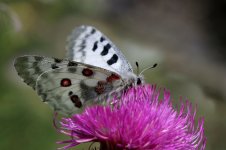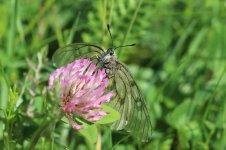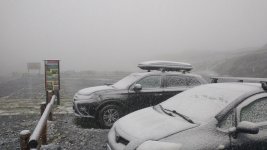
Following on from a successful trip in August 2019, this two-week trip to the Italian Alps again focussed on butterflies in the dramatic mountain landscapes of the Dolomites. Revisiting excellent sites in Trentino, including Val di Rabbi and Peio, I also added the Lombardy and Veneto regions in the hope of finding the localised Cynthia's Fritillary and Alpine Blue.
In addition to the above two species, the main targets on this trip were Asian Fritillary and, more generally, to simply enjoy the multitude of ringlets, fritillaries and blues available in this area.
In the event, travelling a month earlier this time than previously, the two trips nicely complemented each other - not only did the species selections differ, but so too did overall butterfly abundances and diversity.
8 July. Arrival in Italy.
Covid passports in pocket, digital passenger locator all completed and checked, then aboard for the 2.5 hour flight to Milan Bergamo. Arrived early evening to a massive thunderstorm, plane couldn't land, circled for a half hour, then diverted to Verona. On the ground, chaotic organisation of onward travel back to Bergamo, then a hailstorm of biblical proportions! What a start to the trip!
Amazingly managed to get back to Bergamo only a couple of hours after the original arrival time, picked up the rental car in no time at all, then hit the autostrada eastward back towards Verona and, a little over 1.5 hours later, was approaching the first destination, a hotel on the higher slopes of the splendid Mount Baldo. Tawny Owl in the darkness on arrival.
In addition to the above two species, the main targets on this trip were Asian Fritillary and, more generally, to simply enjoy the multitude of ringlets, fritillaries and blues available in this area.
In the event, travelling a month earlier this time than previously, the two trips nicely complemented each other - not only did the species selections differ, but so too did overall butterfly abundances and diversity.
8 July. Arrival in Italy.
Covid passports in pocket, digital passenger locator all completed and checked, then aboard for the 2.5 hour flight to Milan Bergamo. Arrived early evening to a massive thunderstorm, plane couldn't land, circled for a half hour, then diverted to Verona. On the ground, chaotic organisation of onward travel back to Bergamo, then a hailstorm of biblical proportions! What a start to the trip!
Amazingly managed to get back to Bergamo only a couple of hours after the original arrival time, picked up the rental car in no time at all, then hit the autostrada eastward back towards Verona and, a little over 1.5 hours later, was approaching the first destination, a hotel on the higher slopes of the splendid Mount Baldo. Tawny Owl in the darkness on arrival.





